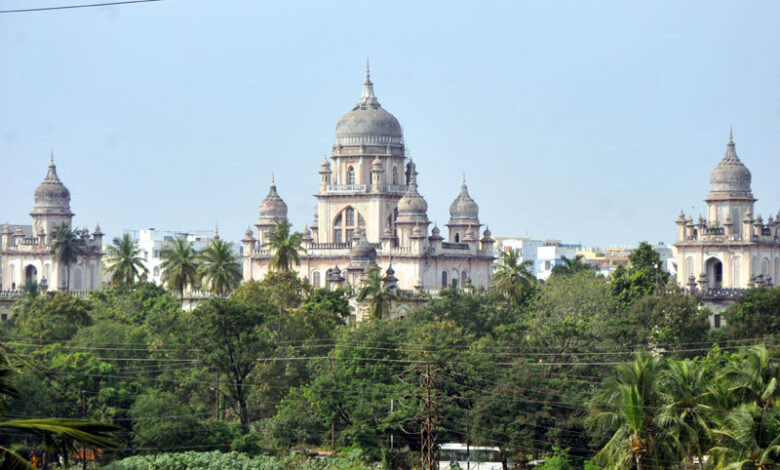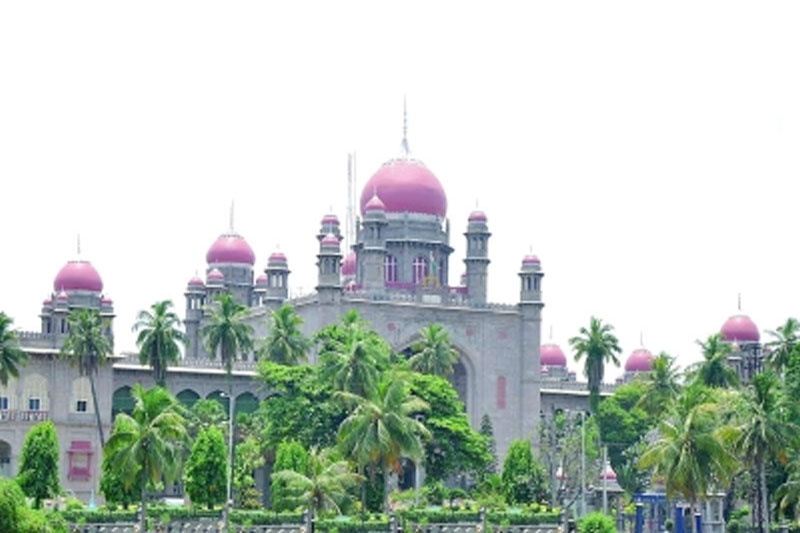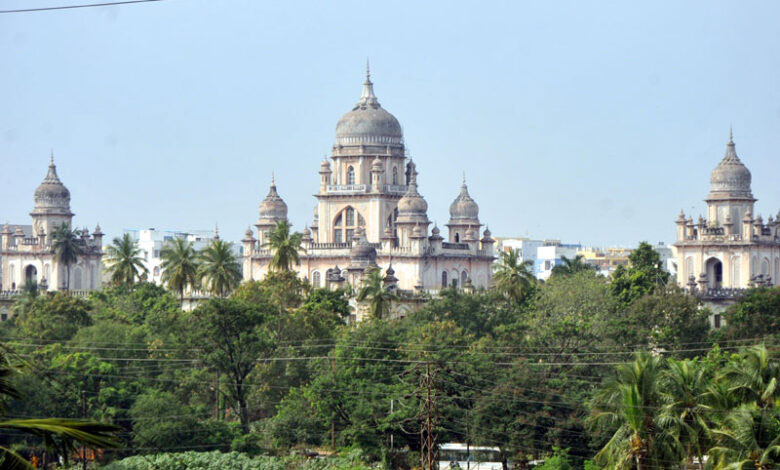Hyderabad’s Musi River Historic Buildings Named on 2025 World Monuments Watch
Hyderabad's Musi River Historic Buildings have been included in the 2025 World Monuments Watch, highlighting their cultural significance and the urgent need for preservation amidst climate change and urban expansion.

Hyderabad’s Musi River Historic Buildings have been included in the 2025 World Monuments Watch, highlighting their cultural significance and the urgent need for preservation amidst climate change and urban expansion.
Hyderabad: In a significant development for the cultural heritage of Hyderabad, the Musi River Historic Buildings have been included in the prestigious 2025 World Monuments Watch list. Announced by the New York-based World Monuments Fund (WMF) on January 15, the inclusion highlights the importance of preserving these iconic structures amidst growing environmental challenges and urban expansion.
Table of Contents
The Musi River Historic Buildings, which include landmarks such as the High Court, State Central Library, Osmania General Hospital, City College, and the former British Residency (now Koti Women’s College), have been recognized for their cultural, historical, and architectural significance. The WMF noted that these buildings reflect the city’s civic legacy and are an essential part of its identity along the Musi Riverfront.
The Musi River Historic Buildings
Telangana High Court

State Central Library

Osmaia Hospital

City College

Koti Women’s College

A Global Spotlight on Heritage Preservation
This recognition comes at a critical moment when Hyderabad is grappling with rapid urbanization and environmental degradation. As the city faces these challenges, the World Monuments Fund aims to draw international attention to the preservation of these sites as a pathway for both heritage and environmental rejuvenation.
Also Read: Hyderabad: ATM Robbers from Bidar Fire on Police During Chase in Afzalgunj Area, 1 Injured
The 2025 World Monuments Watch includes 25 sites from 29 countries that are under threat due to various factors such as climate change, tourism, and natural disasters. The Musi River Historic Buildings in Hyderabad have been spotlighted for their vulnerability to these issues, which threaten their long-term sustainability.
According to the WMF document, “As Hyderabad confronts environmental challenges and rapid change, World Monuments Fund highlights heritage as a pathway for rejuvenation alongside environmental conservation and climate adaptation.”
Musi River Landmarks Face Threats from Urban Expansion and Climate Change
The Musi River Historic Buildings, once vibrant symbols of Hyderabad’s cultural and administrative prominence, now face a host of threats. Rapid urban expansion, lack of maintenance, and environmental degradation pose significant risks to the integrity of these structures. The inclusion of these landmarks on the 2025 World Monuments Watch is an urgent call to action for their preservation.
“These historic buildings, such as Osmania General Hospital, if preserved and reactivated, can be invaluable assets for Hyderabad’s future. Built heritage—from grand landmarks to everyday structures—offers a lens to understand the shared uses of space that have given the Musi River meaning and life over time,” the WMF said in its statement.
A Collaborative Effort for Heritage Rejuvenation
This year’s spotlight on the Musi River Historic Buildings comes at a time when the Congress-led government in Telangana is undertaking an ambitious project to rejuvenate the Musi River and its surrounding areas. The ongoing efforts aim to integrate heritage preservation with environmental restoration, ensuring that both the cultural significance and ecological well-being of the region are maintained.
The WMF’s advocacy and support for these efforts will help provide the necessary resources, awareness, and international attention to preserve the Musi River’s built heritage and environmental sustainability.
World Monuments Fund’s Global Advocacy
The World Monuments Watch, a biennial advocacy program, seeks to bring attention to cultural heritage sites that face critical challenges globally. The 2025 list includes a diverse range of sites, from those at risk due to climate change to those threatened by tourism pressures and conflict. The World Monuments Fund’s objective is not only to protect these landmarks but also to foster resilience and inclusivity in heritage preservation efforts worldwide.
The inclusion of the Musi River Historic Buildings and Gujarat’s Bhuj Historic Water Systems on the 2025 World Monuments Watch makes India home to two sites at risk from the ongoing water crisis and the broader challenges of climate change.
A Step Towards a Resilient Future
World Monuments Fund President & CEO Bénédicte de Montlaur emphasized the significance of the 2025 World Monuments Watch in her statement: “The Watch underscores World Monument Fund’s commitment to ensuring that heritage preservation not only honours the past but actively contributes to building a more sustainable, inclusive, and resilient future for communities around the world.”
As Hyderabad embarks on its journey of heritage rejuvenation and environmental conservation, the support and advocacy of the World Monuments Fund will be instrumental in safeguarding these cultural treasures for future generations.
For now, the Musi River Historic Buildings remain a powerful symbol of the city’s past, and the call for their protection is louder than ever.
